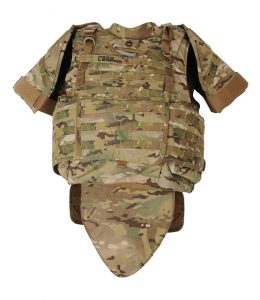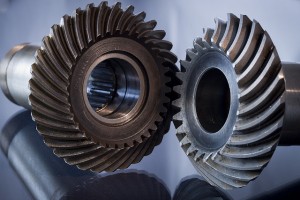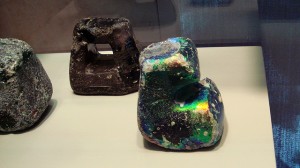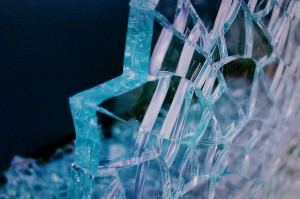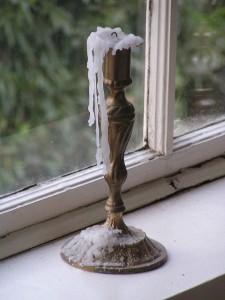Could body armor be made from glass?
Stopping projectiles and weapons in close combat has often been left to super materials like Kevlar, but some researchers think that new metallic glass formulations could find their way into the next generation of body armor and shields. Research teams from the University of California, San Diego, the University of Southern California and the California Institute of Technology reported the development of a metallic glass (amorphous steel) alloy that can withstand an impact without permanently deforming.
The discovery is generating significant interest because the material’s ability to withstand external forces exceeds those of any other steel alloy in existence. Metallic glasses have captured the attention of materials engineers because they are exceptional hard without being brittle. The material was designed specifically to survive extreme conditions. That means it can be created under extreme conditions without being damaged.
The material, which is currently known as SAM2X5-630, was created by mixing metal powders, which were then subject to extreme pressure and exposed to a 10,000-amp current at nearly 1,200° F. The production process is known as spark plasma sintering. That production method is preferred because it produces finished materials in a matter of minutes.
Researchers tested the material by firing high-velocity copper plates at it. The test projectiles traveled at rates between 500 m/s and 1,300 m/s. While the SAM2X5-630 samples did deform on impact, the deformations were not permanent. The test material is nearly 60 times stronger than ordinary stainless steel, and about 2.5 times stronger than tungsten-carbide ceramic.
Despite its promise, the new material doesn’t take the crown for being the most elastic. Diamonds are about 5 times stronger than the new metallic glass material, but researchers are looking for ways to make the SAM2X5-630 even better at absorbing more impact. The most likely way to accomplish that involves increasing the material’s weight.
Glassprimer™ glass paint is a specialized glass coating that bonds permanently to glass surfaces. GlassPrimer also makes a glass surface molecular activator that is designed to work with UV-inkjet glass printing processes. Glassprimer™ glass paint can be used in both interior and exterior applications and can help reduce solar heat gain in some applications. For more information about Glassprimer™ glass paint, please visit the rest of our site. If you’d like to purchase Glassprimer™ glass paint, please visit our online store .
Photo Credit: Program Executive Office Soldier , via Flickr.com

